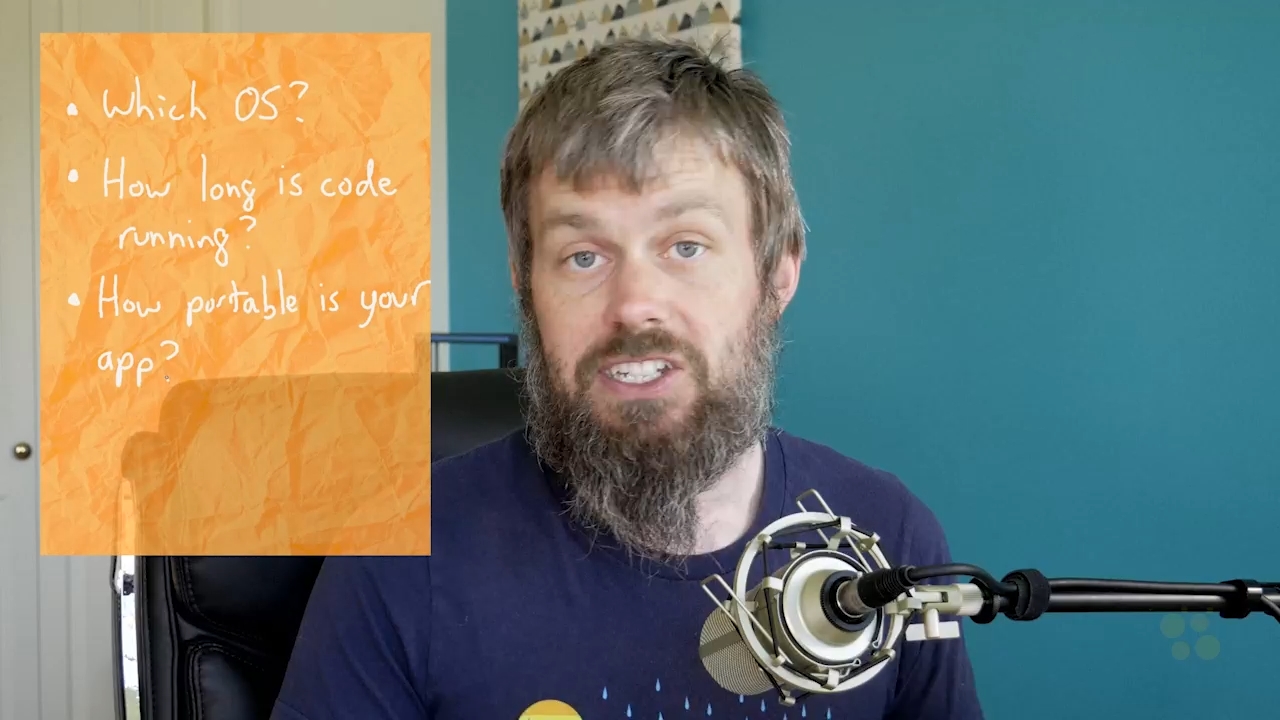در حال حاضر محصولی در سبد خرید شما وجود ندارد.

In this AWS Developer training, Bart Castle covers the objectives in the DVA-C01 exam, which is the one required exam to earn the AWS Certified Developer - Associate certification.
This training is for developers who have experience with cloud services, but don’t have specific experience with AWS. While there are technically no prerequisites for this AWS developer training, you should know at least one high-level programming language like JavaScript, C, or Python. Since throughout this course you’ll be developing, deploying, and debugging AWS applications, knowing those languages will be necessary.
در این روش نیاز به افزودن محصول به سبد خرید و تکمیل اطلاعات نیست و شما پس از وارد کردن ایمیل خود و طی کردن مراحل پرداخت لینک های دریافت محصولات را در ایمیل خود دریافت خواهید کرد.

✨ تا ۷۰% تخفیف با شارژ کیف پول 🎁
مشاهده پلن ها